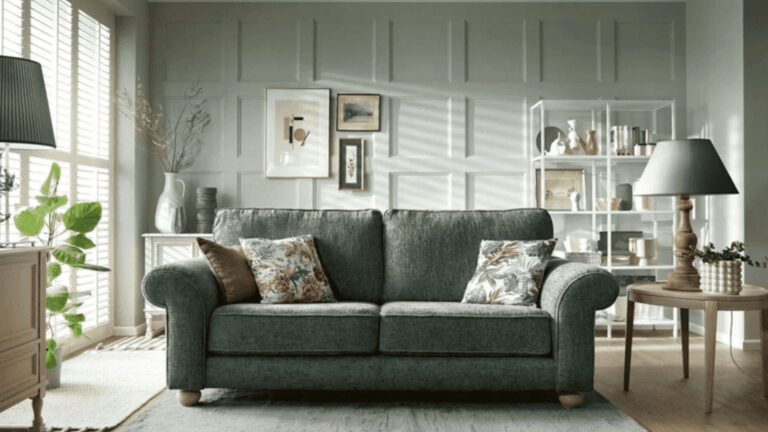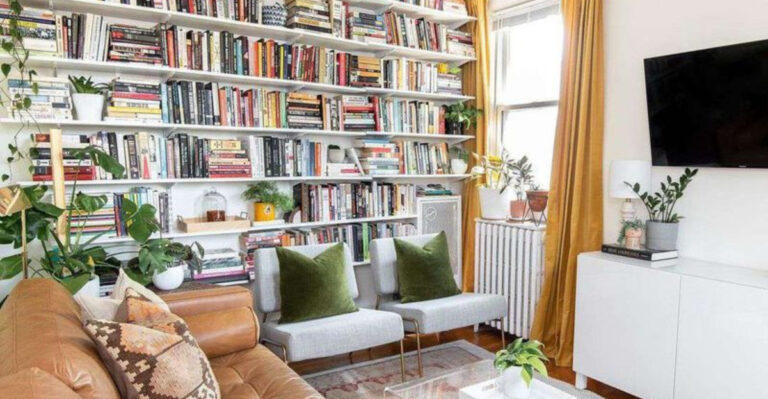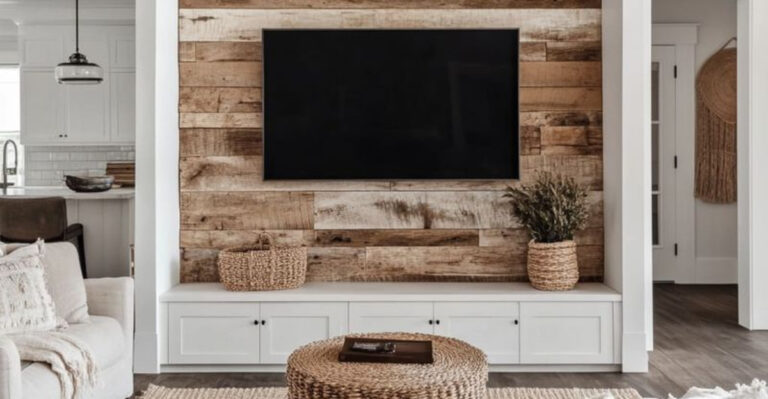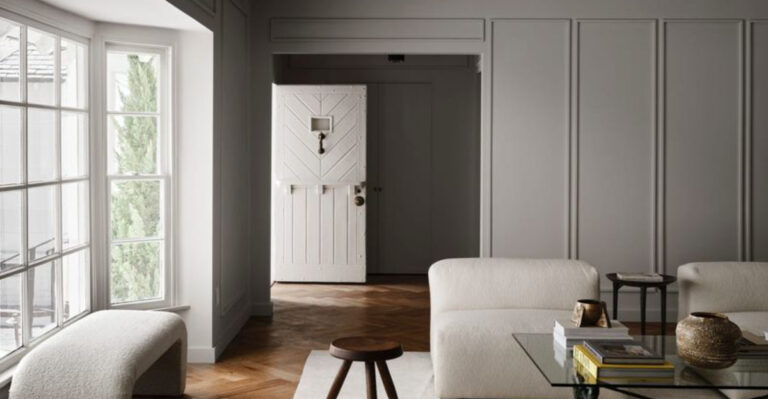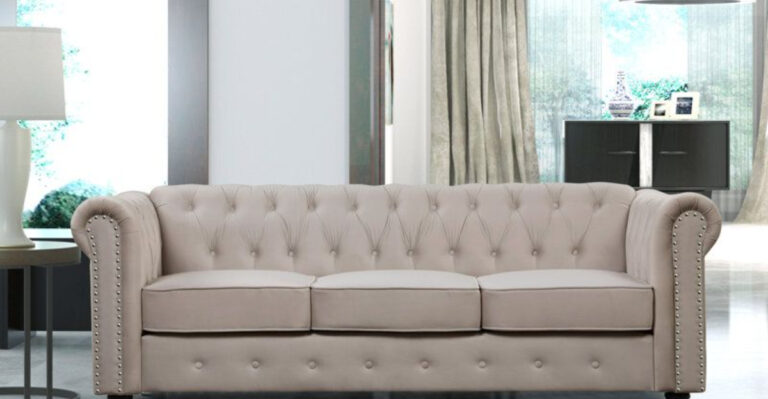15 Reasons Why Your Living Room Feels Like a Maze And How to Fix It
Ever felt lost in your own living room? You’re not alone. A poorly planned layout, clutter, and design mistakes can turn a cozy space into a dizzying maze. But fear not, practical solutions await! With a few thoughtful adjustments, your living room can transform into a harmonious haven.
Let’s explore how strategic changes can break the chaos and bring flow and comfort back to your favorite space.
1. Too Many Furniture Pieces Block the Flow
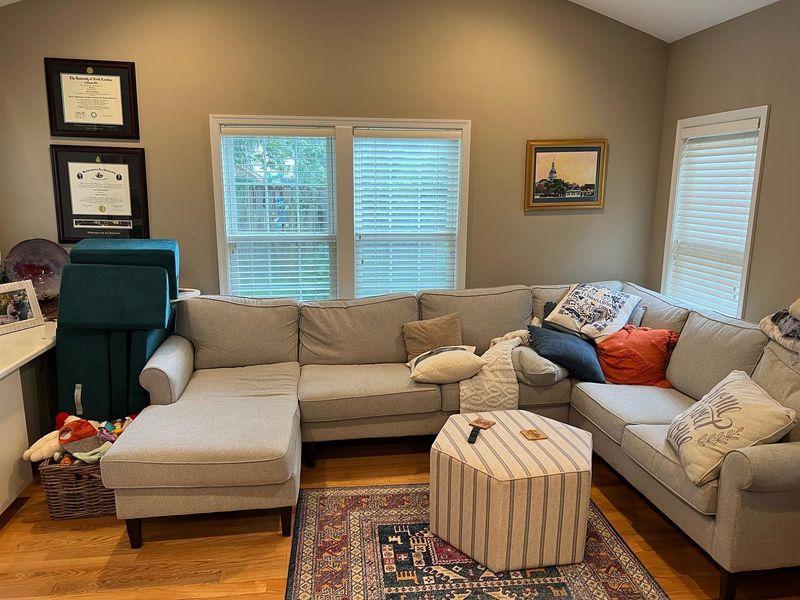
An overcrowded room can feel like a maze with furniture as obstacles. Simplify by removing non-essential pieces. Create open pathways for easy movement.
Consider multi-functional furniture to maximize space without crowding. Embrace negative space for breathing room. Rearrange your layout to ensure clear sightlines and paths. The transformation? A room that flows, feels spacious, and offers a welcoming vibe.
2. Lack of Defined Zones Creates Confusion
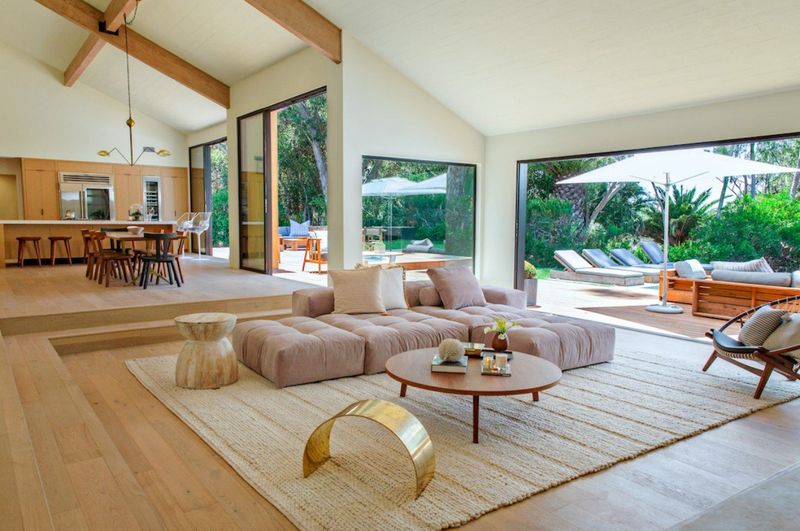
Without defined zones, your living room can feel chaotic. Establish areas for activities like reading, dining, and relaxing. Use rugs or furniture arrangements to delineate spaces.
This creates a sense of order and purpose, guiding movement. Introduce visual cues like color schemes or artwork themes to reinforce zones. Result? A room that communicates its function with ease, inviting comfort and clarity.
3. Inadequate Lighting Adds to the Disarray
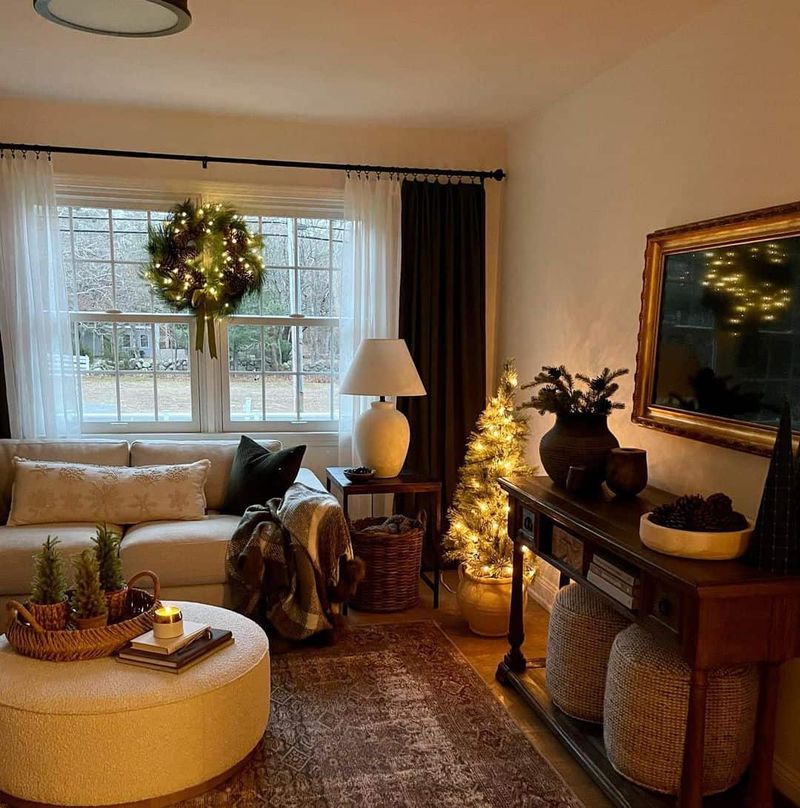
Dim lighting can make a space feel cramped and untidy. Brighten your room with layered lighting: ambient, task, and accent. Use floor lamps, table lamps, and overhead fixtures to create balance. Incorporate natural light by removing heavy drapes.
The impact? A well-lit room that feels open, vibrant, and more organized, enhancing both functionality and mood.
4. Poor Furniture Arrangement Blocks Movement
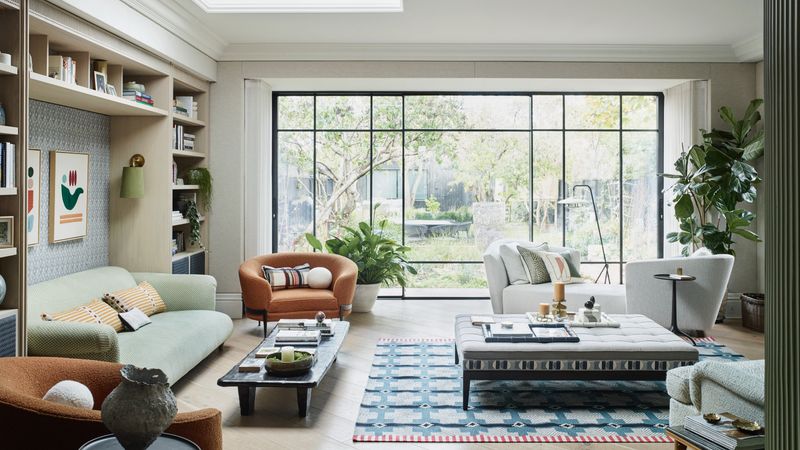
Poor furniture placement can restrict flow and create a maze-like feel. Arrange furniture with clear paths to windows and doors.
Use floating furniture arrangements to open up space. The result? A room with improved flow, easy navigation, and a more inviting atmosphere.
5. Clashing Colors Distract the Eye
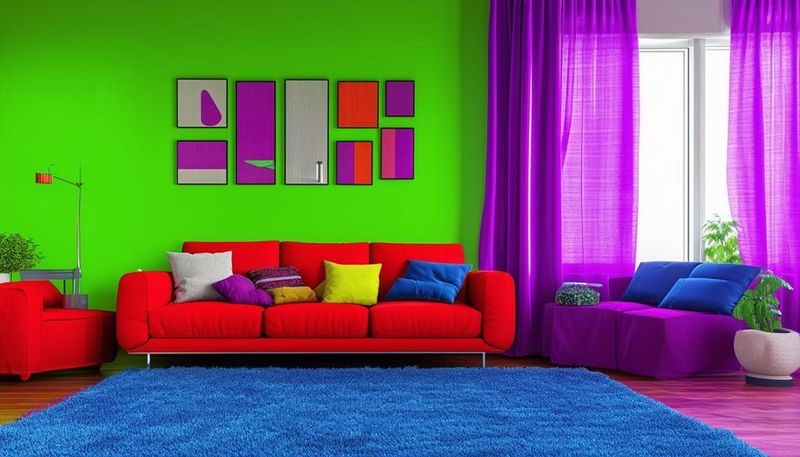
A clashing color palette can overwhelm and disorient.
Pick a neutral base with pops of complementary colors. Use textiles and accessories to introduce patterns subtly. Benefits include a harmonious and visually appealing space that guides the eye naturally, making the room feel larger and more cohesive.
6. Overcrowded Walls Overwhelm the Senses
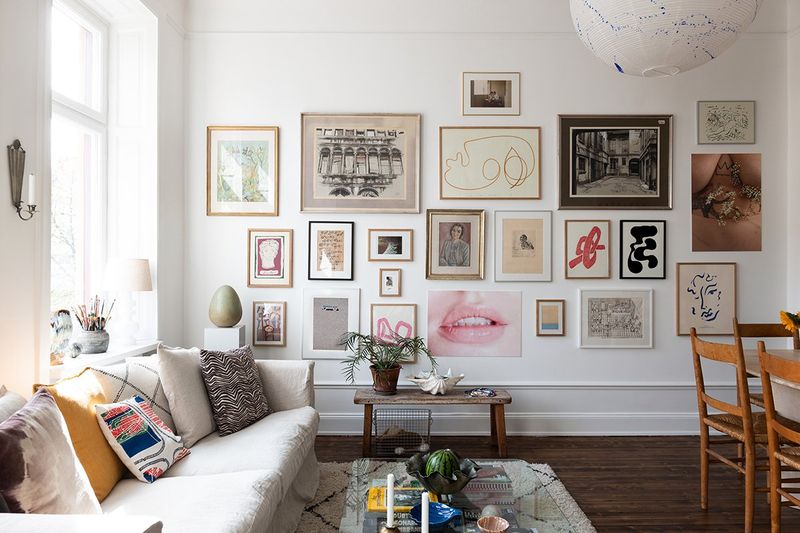
Too much on the walls can make a room feel busy and chaotic. Simplify by curating wall decor. Go with a statement piece or a well-organized gallery wall. Maintain balance with empty spaces.
The result is a room where the eye has space to rest, enhancing relaxation and comfort.
7. Lack of Storage Leads to Clutter
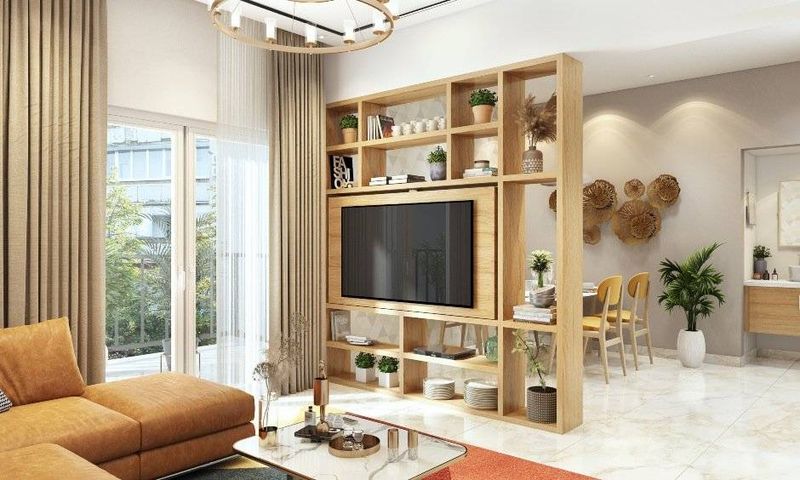
Without proper storage, clutter accumulates, turning a room into a maze. Introduce smart storage solutions like built-ins or multi-functional furniture. Use baskets and bins for loose items. Declutter regularly to maintain order.
8. Furniture Too Close to Walls Stifles Space
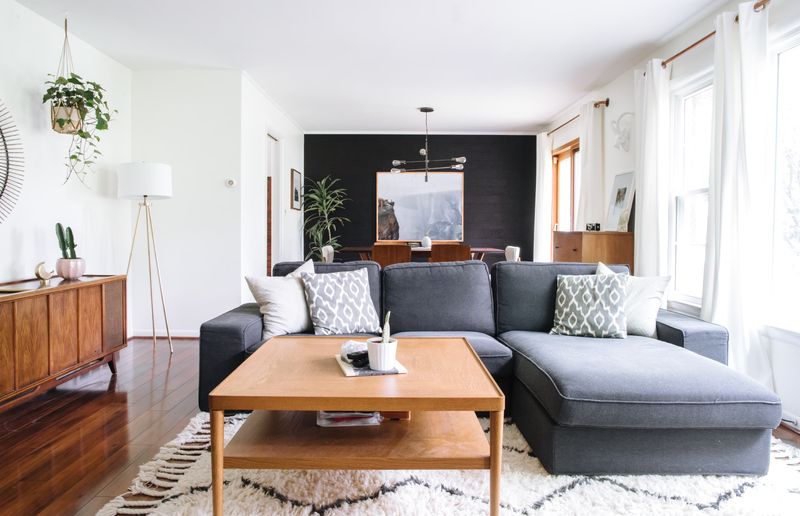
Pushing furniture against walls can create a cramped, boxed-in sensation. Pull seating away from edges to form intimate conversation clusters.
Use area rugs to define spaces within the room. Such an arrangement promotes circulation and gives the illusion of more space, resulting in a comfortable, open environment that invites relaxation and interaction.
9. Unbalanced Furniture Sizes Create Imbalance
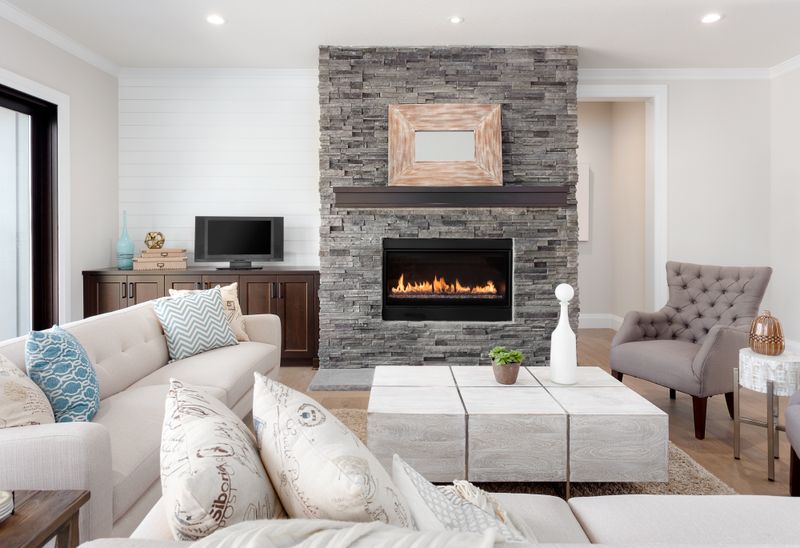
Mismatched furniture sizes disrupt harmony and flow. Select pieces that suit the scale of the room. Pair a large sofa with substantial chairs. Anchor arrangements around a focal point like a fireplace.
Such an approach creates visual cohesion, makes the space feel inviting, and enhances overall aesthetic appeal.
10. Mismatched Styles Cause Disarray
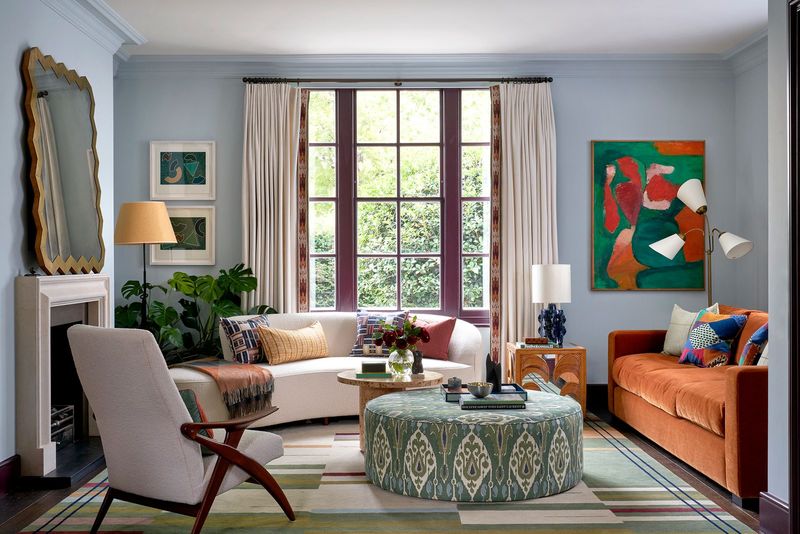
Mismatched furniture styles can create a confusing environment. Aim for a cohesive aesthetic by blending styles thoughtfully. Choose unifying elements like color or material. Incorporate transitional pieces that bridge different styles.
The outcome? A harmonious space where eclectic styles blend seamlessly, enhancing comfort and visual appeal.
11. Unnecessary Decor Clutters Space
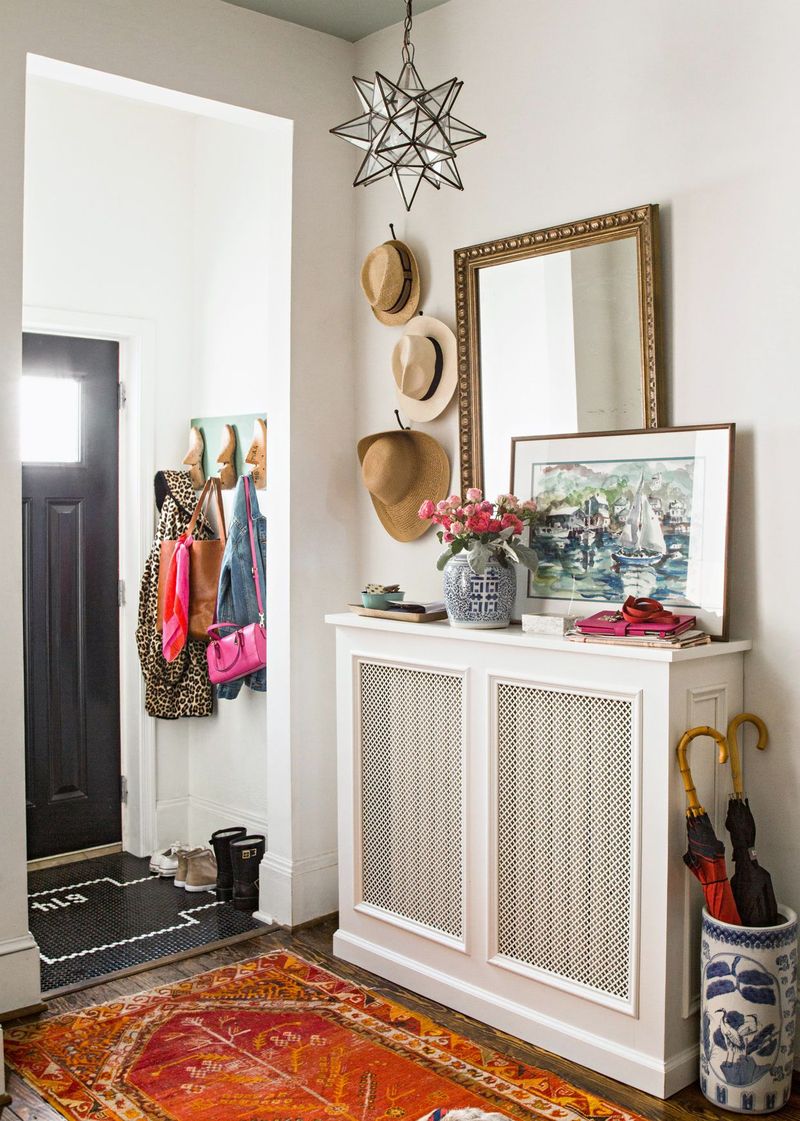
Excessive decor can clutter and confuse. Streamline by selecting key pieces that reflect your style. Limit decorative items to essentials that enhance the room’s vibe.
Use minimalist design principles to create focus. This approach declutters while adding personality, resulting in a space that’s both stylish and functional, enhancing comfort and usability.
12. Ignoring Focal Points Causes Disorder
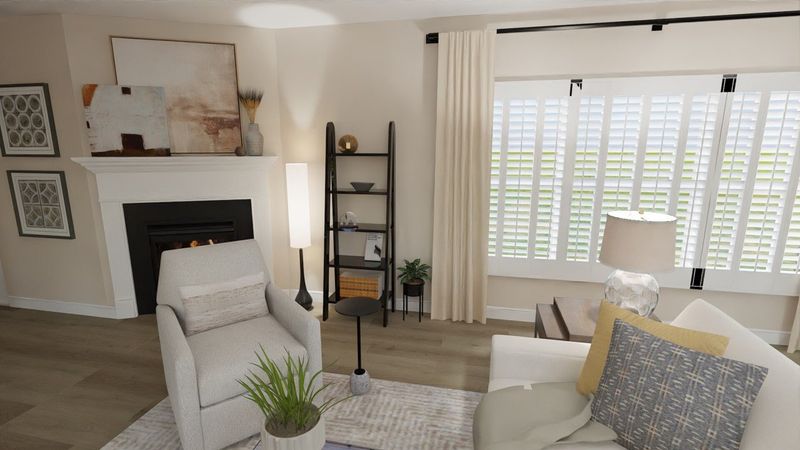
Without a focal point, a room feels chaotic. Establish a main feature like a fireplace, artwork, or view. Arrange furniture to highlight that element. Use lighting to draw attention. Such composition brings cohesion and order, anchoring the room effectively and cultivating a space that feels connected, purposeful, and inviting.
13. Unsuitable Rug Sizes Disrupt Cohesion
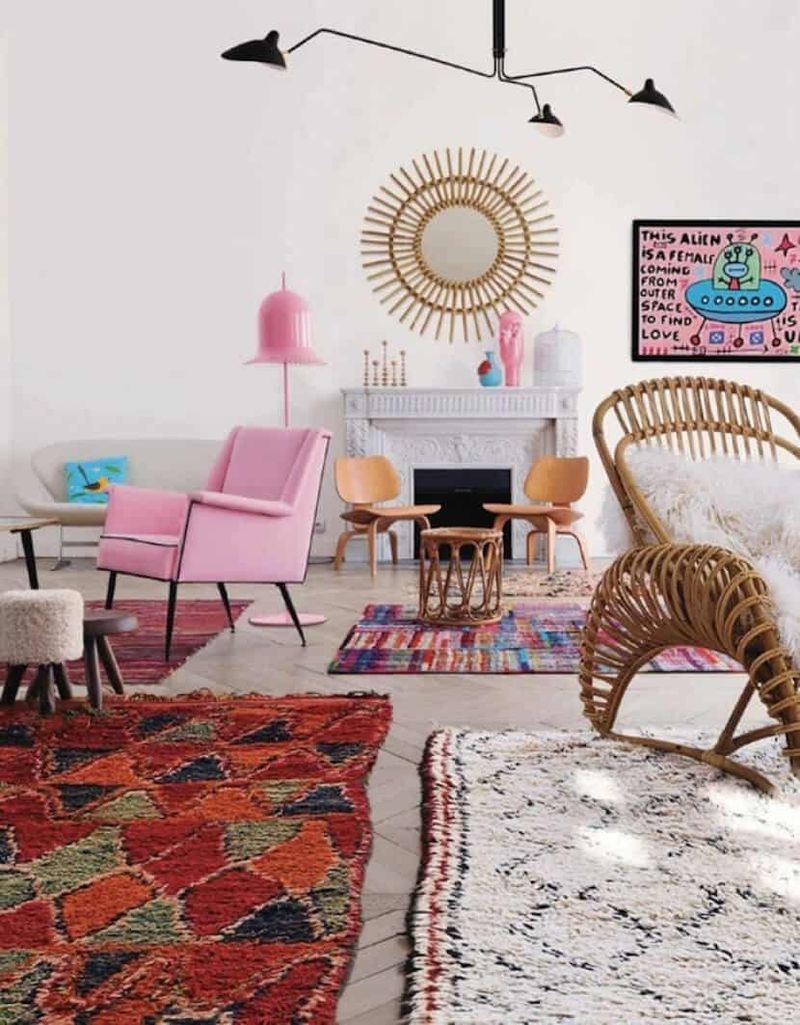
An improperly sized rug can throw off balance. Opt for dimensions that allow furniture legs to rest comfortably on top. Anchor the space by ensuring rugs extend beyond seating clusters.
Layering adds texture and visual intrigue. Such thoughtful placement grounds the room while elevating both comfort and aesthetic harmony.
14. Blocking Natural Light Constrains Atmosphere
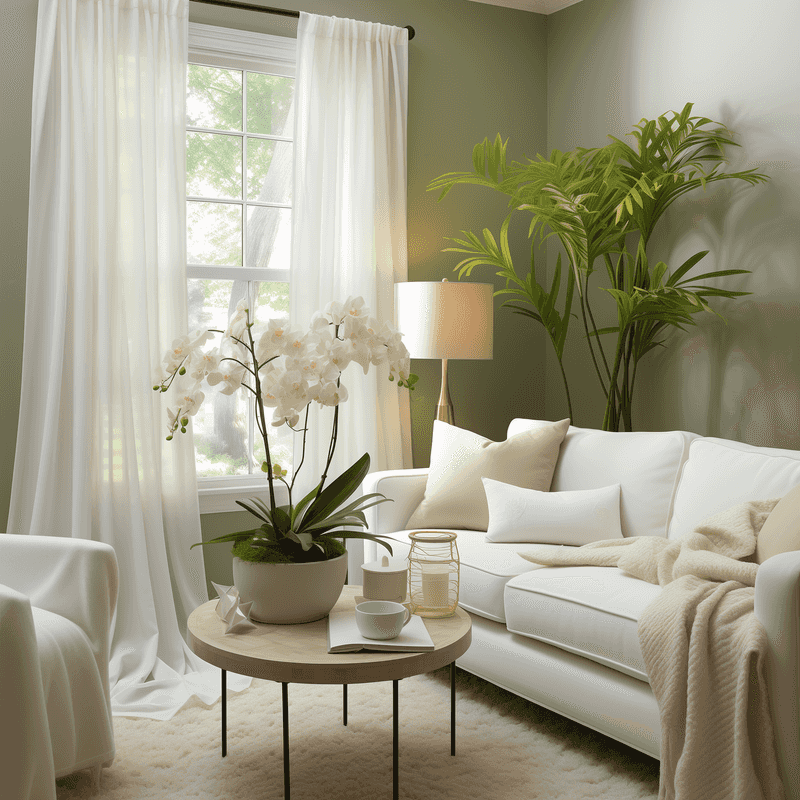
Blocking natural light closes off a space. Select sheer curtains or blinds that welcome daylight while preserving privacy. Keep furniture clear of window lines to ensure maximum brightness. Mirrors positioned across from windows amplify illumination throughout.
Such openness boosts mood, expands the room visually, and fosters a warm, inviting vibe guests instantly appreciate.
15. Ignoring Architectural Features Hides Potential
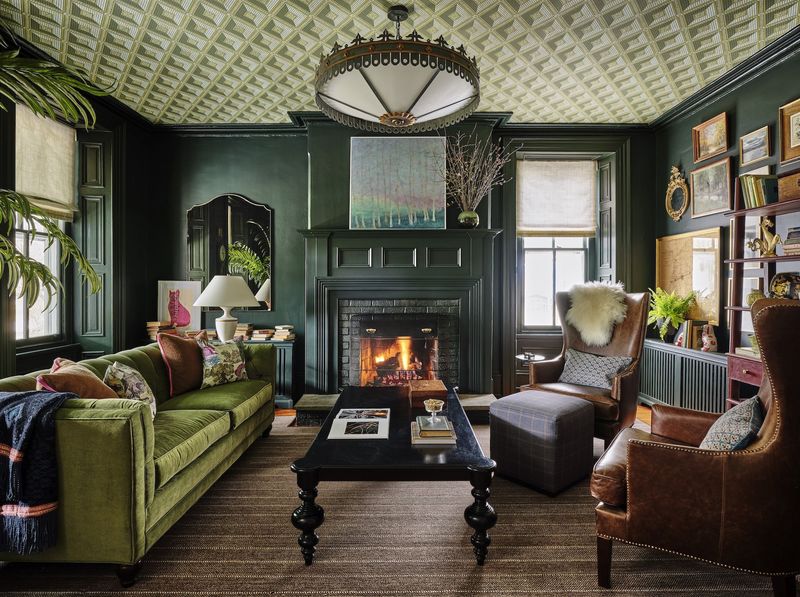
Overlooking architectural features misses opportunities for design impact. Spotlight beams, moldings, or alcoves with lighting or contrasting paint. Reinvent underutilized areas through functional decor that complements existing structure.
Such attention adds character and uniqueness, enhancing charm and creating a space that feels intentional and one-of-a-kind.


